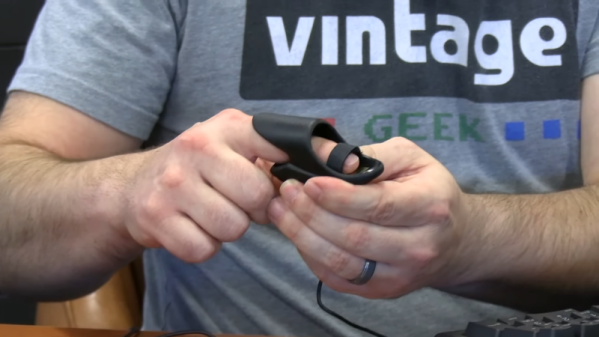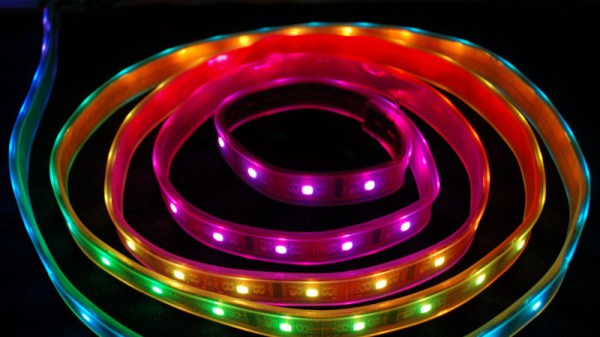We’re pretty familiar with such names as Steve Wozniak, Bill Gates, Jack Tramiel, Nolan Bushnell, and the other movers and shakers of the 1970s home computer world. But there’s one person who towered among them for a few years before cashing out and leaving the computer business to pursue the life he’d always wanted. [Gareth Edwards] for Every has a fascinating profile of Ed Roberts, the man who arguably started the home computer boom but is now an obscure figure.
Even if you’ve never heard of Ed Roberts, you’ve likely heard of the product his company brought to market. The MITS Altair 8800 was the first computer to be sold as a home computer rather than for business or scientific use, and though its toggle switch interface now seems extremely quaint, its influence on every microcomputer that followed has been immense.
As followers of the retrocomputing scene, we know about the Altair, but perhaps more interesting is the story of MITS. Formed by a group of US Air Force veterans to produce rocket telemetry equipment, it pivoted to calculators, and as that market imploded in the early 1970s, the computer was a big gamble to save it from bankruptcy. It’s one that paid off, and as someone used to seeing technological cycles of boom and bust, Ed cashed out at the peak of the first wave. He followed his long-held ambition of becoming a doctor, and when, in 2010, he was near the end of his life, the hospital caring for him was shocked to find itself being visited by Bill Gates. It’s an article about a fascinating individual well worth reading.
The Altair, meanwhile, is a project that appears quite often here at Hackaday. Here’s a recreation of one as original as possible. The Mark 8 came out a little earlier but without complete kits or assembled units, so it didn’t get the traction — or the imitators — that the Altair did.


















